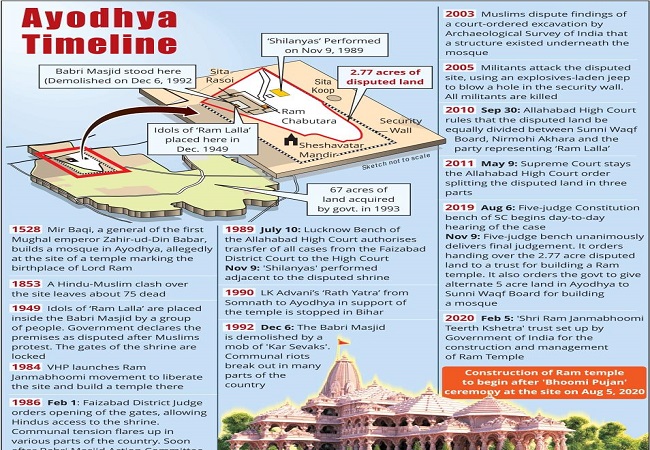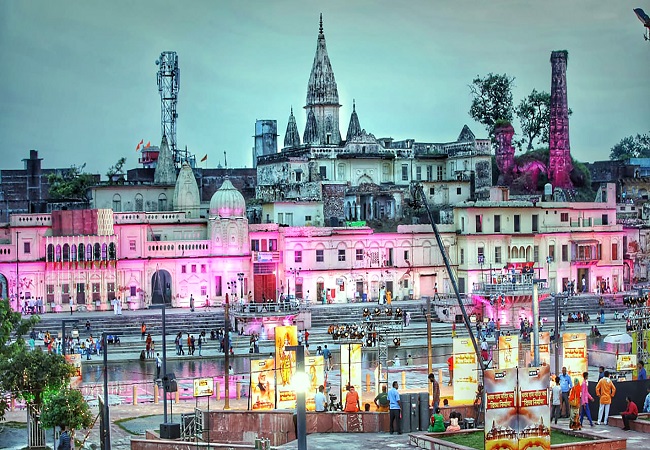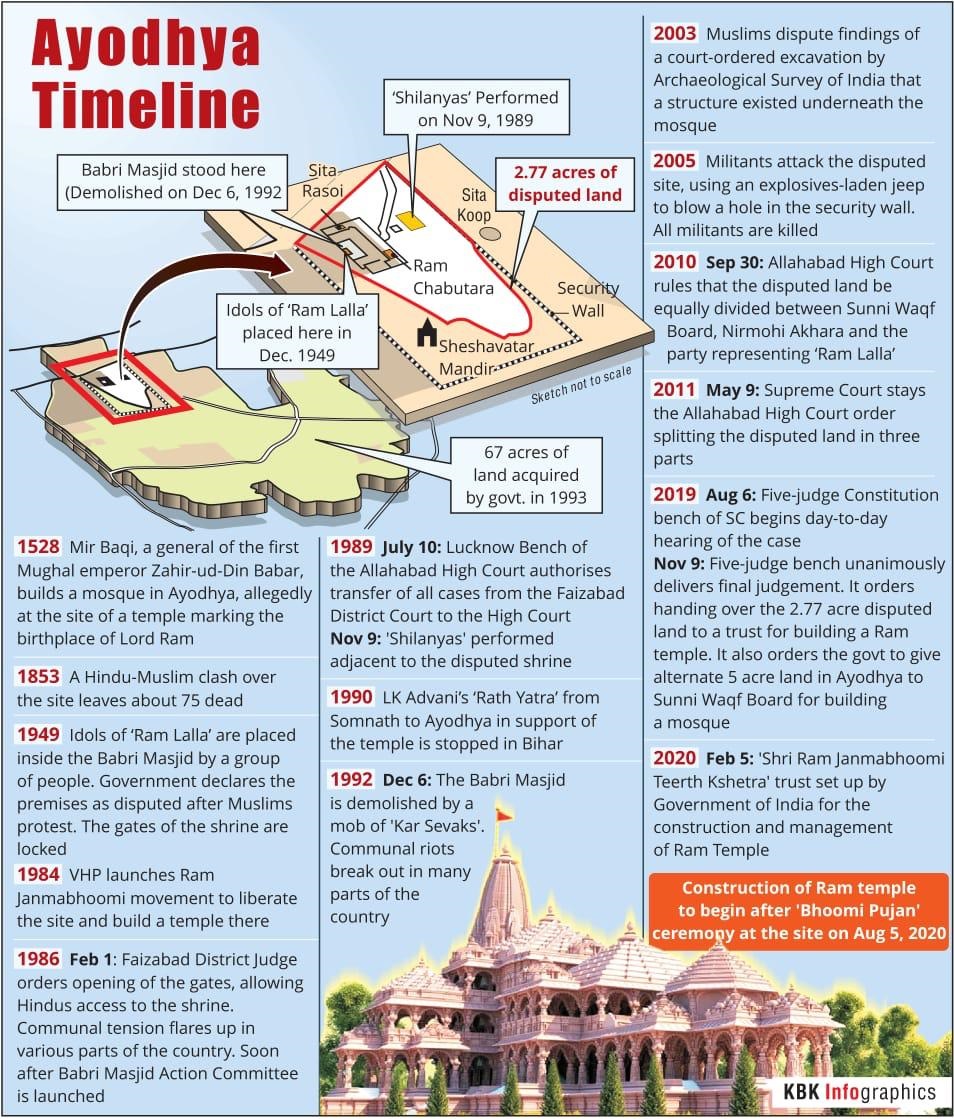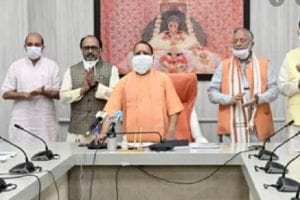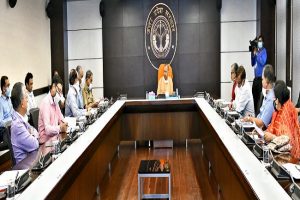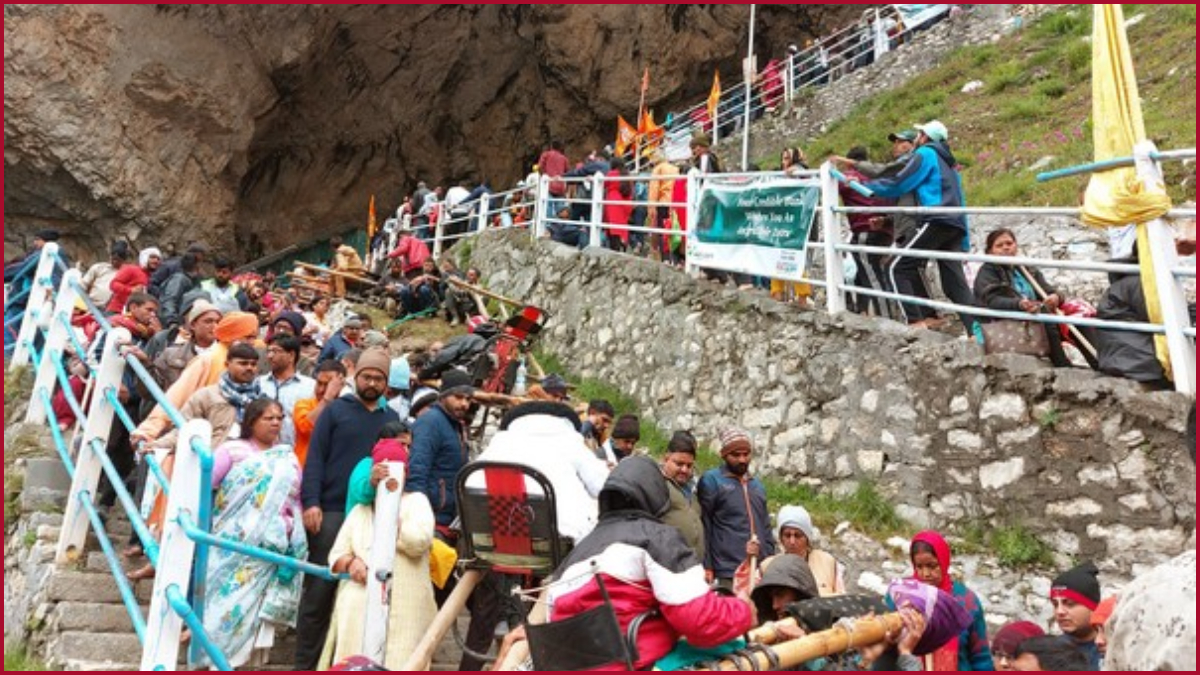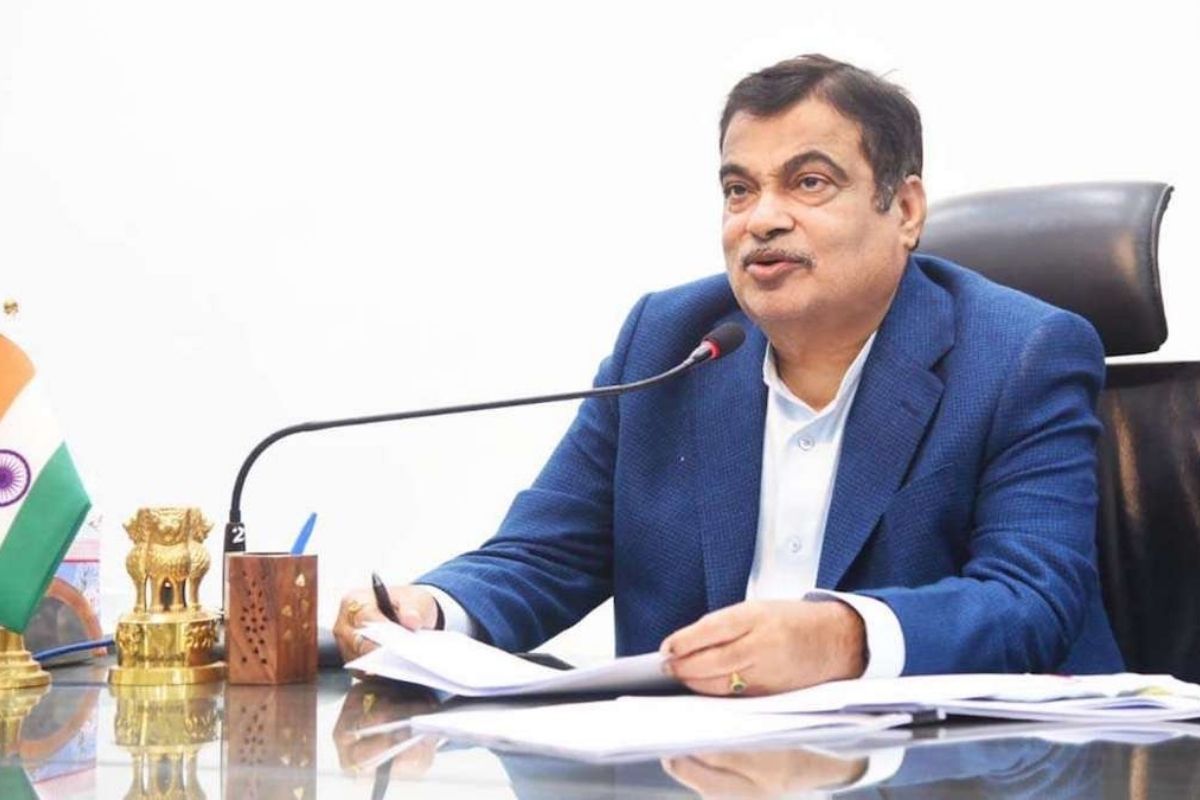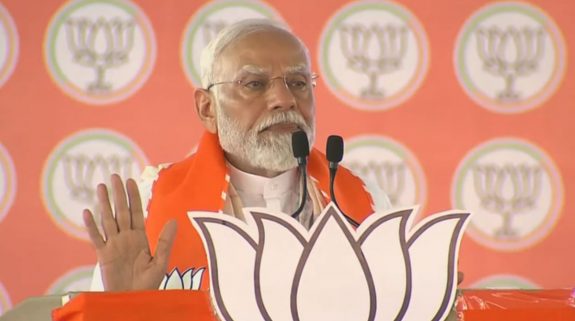New Delhi: The laying of the foundation stone (bhoomi pujan) for Ram temple in Ayodhya on August 5 will be a memorable day for the Bharatiya Janata Party (BJP), which has been making the demand for a grand temple at the birthplace of Lord Ram for nearly three decades.
The demand also contributed to the party gaining centre stage in national politics. The foundation stone will be laid by Prime Minister Narendra Modi.
BJP leaders have said that devotees have been waiting for this moment and generations have struggled for it.
Even Congress leader and former Prime Minister Rajiv Gandhi had launched his party’s election campaign with a meeting at Ayodhya-Faizabad in November 1989.
The protracted legal battle over the Ayodhya dispute ended last year with the verdict of the Supreme Court.
Here is a timeline of the important events:
1528: Babri mosque built on orders of Mughal emperor Babur by his commander Mir Baqi in Ayodhya.
1885: Mahant Raghubir Das files a petition in the Faizabad District Court, seeking permission to build raise a structure next to the mosque. The plea is rejected.
1949: Idol of Lord Ram, Goddess Sita found inside the mosque by unknown persons. Hindus call it divine appearance and start offering prayers.
1950: Two suits filed in a Faizabad court by Gopal Simla Visharad and Paramhansa Ramachandra Das, seeking permission to worship the idols at the place.
1959: Nirmohi Akhara, a party in the case in the Supreme Court, files suit seeking possession of the site.
1981: Uttar Pradesh Sunni Central Waqf Board files suit for possession of the site and removal of idols.
1986: A local court orders opening of the site and allows Hindus to offer prayers.
1989: The Allahabad High Court orders status quo on the site. Prime Minister Rajiv Gandhi-led government at the Centre lets Vishwa Hindu Parishad (VHP) perform shilanyaas for Ram Temple.
1990: BJP leader Lal Krishna Advani starts Rath Yatra from Gujarat to gather support for the temple.
1992: Babri Mosque structure demolished by Karsewaks
1993: The Central passes an Act to acquire land in and around the disputed site in Ayodhya.
1994: In the Ismail Faruqui case, the Supreme Court rules that the mosque is not integral to Islam
2002: The Allahabad High Court starts hearing to adjudicate the ownership of the disputed site.
2003: The Supreme Court bars any religious activity at the site.
2010: The Allahabad High Court rules trifurcation of the 2.77-acre disputed land between UP Sunni Waqf Board, the Nirmohi Akhara and Ram Lalla Virajman.
2011: The Supreme Court stays the Allahabad High Court’s order.
2016: BJP leader Subramanian Swamy files plea in the Supreme Court seeking permission to worship and construction of Ram Temple at the disputed site.
2018: The Supreme Court rejects all interim pleas, including that of Swamy, seeking to intervene as parties in the case. Advocate Rajeev Dhavan files plea in the court requesting it to refer the issue of reconsideration of its 1994 judgment to a larger bench which is denied. The court forms a three-judge bench instead to hear the case.
January 2019: Chief Justice Ranjan Gogoi constitutes a five-judge Constitutional Bench to hear the case
March 2019: The Supreme Court appoints a mediation panel headed by Judge (retd) FMI Kallifulla for an out-of-court settlement on March 8.
August 2019: The mediation panel fails to reach an amicable settlement. The Supreme Court begins hearing on August 6.
October 2019: After hearing the case on a day-to-day basis for 40 days, the court reserves its order on October 15.
November 9, 2019: A five-judge of the Supreme Court bench led by then Chief Justice of India Ranjan Gogoi rules in favour of Ram Lalla and says the entire disputed land spread over 2.7 acres will be handed over to a trust formed by the government, which will monitor the construction of a Ram Temple at the site. The apex court also asks the Centre and the state government to give the Sunni Waqf Board a five-acre plot in Ayodhya to build a mosque.
February 5, 2020: Prime Minister Narendra Modi announces the constitution of ‘Shri Ram Janmbhoomi Teerth Kshetra, to oversee the construction of Ram temple in Ayodhya. (ANI)





